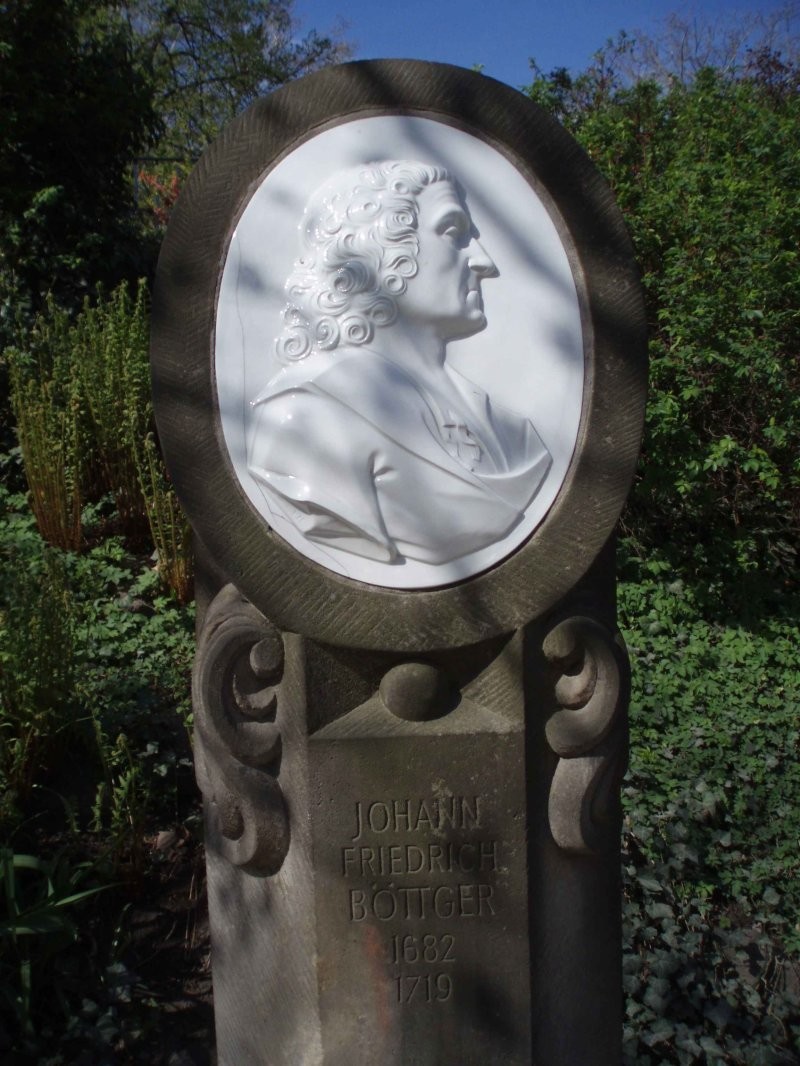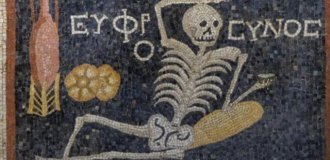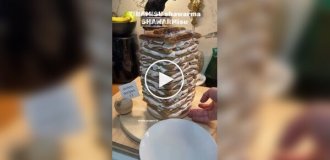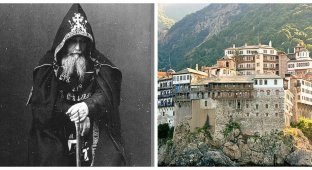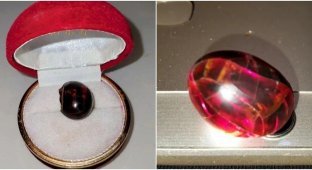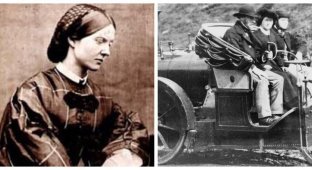An accident that helped reveal a centuries-old secret (9 photos)
History knows many examples of how an accident marked the beginning of something new and grandiose. 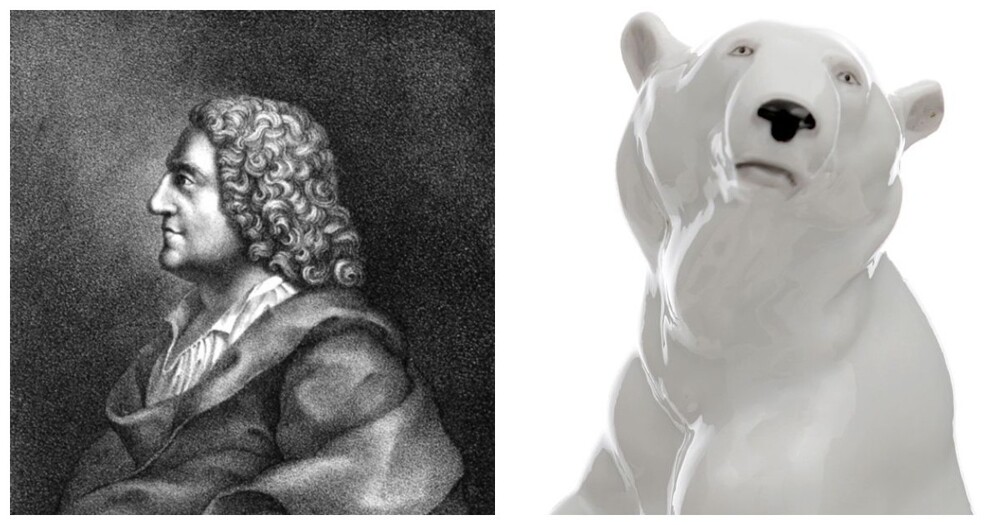
One of these is the example of a simple guy, Johann Friedrich Böttger. And a successful coincidence of circumstances. The boy was born in 1682 in the small German town of Schleitz. The father died early, and the mother, after remarriage, was not too worried about the fate of her first-born. And at the first opportunity she apprenticed the teenager to a pharmacist. 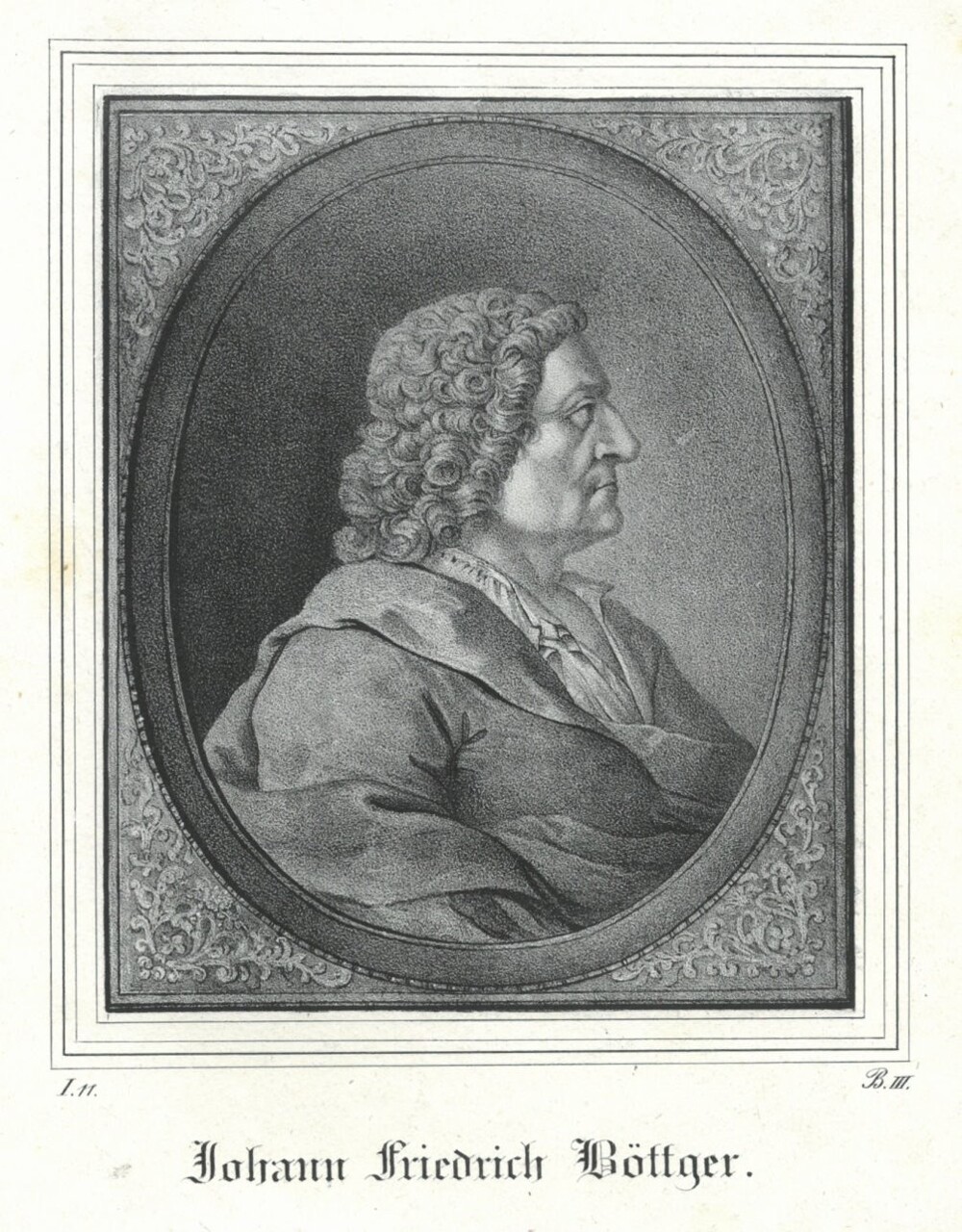
It cannot be said that Johann was drawn to science. He was more attracted to the popular alchemy of those years - the philosopher's stone, eternal life, the transformation of iron into gold - isn't that wonderful?
And the apothecary shop was an ideal place for experiments. It is doubly fortunate that the young man’s mentor, Master Laskaris, was himself an adept of alchemy. After several street performances supposedly transforming various nonsense into gold, the fame of the young alchemist spread throughout the country. And his person interested the Prussian King Augustus. 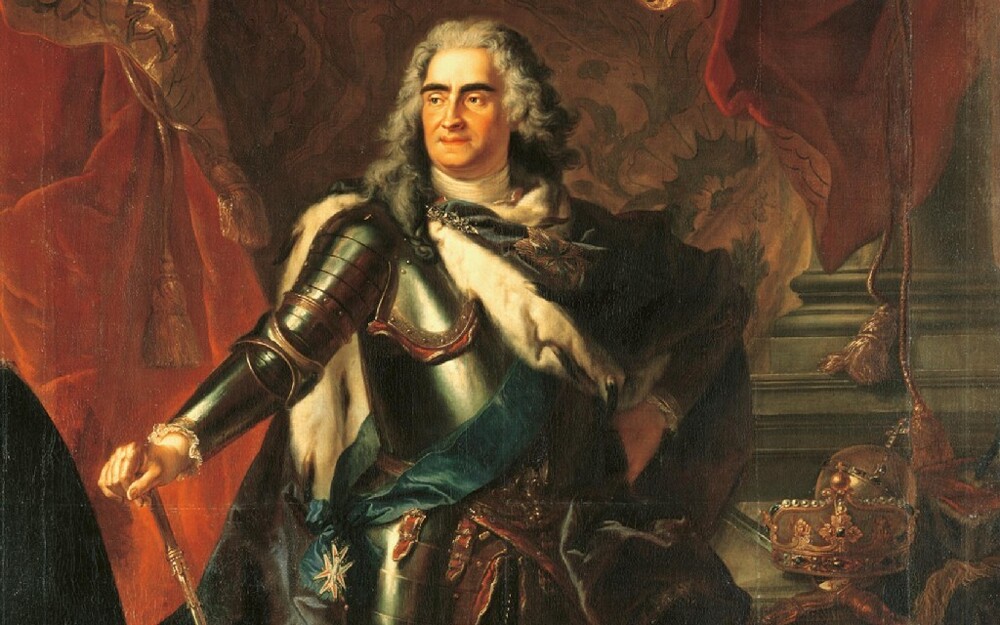
August Strong
What monarch would refuse free gold? He deservedly received the nickname Strong Ruler - he easily bent horseshoes with his hands. But intelligence, it seems, was not the strong point of the personality of Frederick Augustus I of Saxony.
But the boy was taken to Berlin, placed under guard, provided with materials and assistants and clear recommendations: he needed a lot of gold.
Instead of gold they melt... 
It just didn't work out. And then the king changed his goal and ordered Bettger to take on the task of creating porcelain. The evil Chinese have carefully kept his secret since the 9th century. And elegant things were incredibly expensive.
And then the fashion for painted porcelain made itself felt. The science of Master Laskaris was not in vain. Already in 1705, Böttger managed to create material that the invited commission confidently called rare red porcelain.
Wigs, scammers and accidents 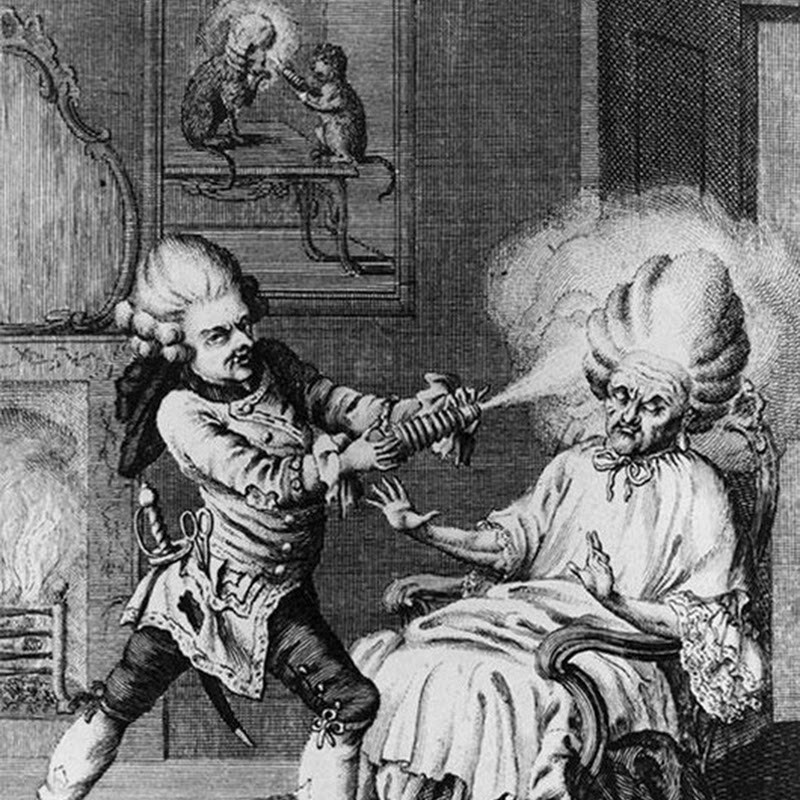
But the task of creating exactly white has not yet been solved. Accident helped. Johann was going to an audience with the king and asked the barber to powder his wig. The powder that the master used seemed strange to him: too dense and quickly rolled off at the touch of his fingers. Under the guise of powder, a cunning merchant sold white clay - kaolin - to the hairdresser. And the alchemist enthusiastically began experimenting with the substance. 
Kaolin
And wiped the noses of the Chinese. After 7 years of forced stay in a closed laboratory, Johann was able to present the king with something that was more valuable than gold - independence from China. At least in one of the important sectors of the economy. 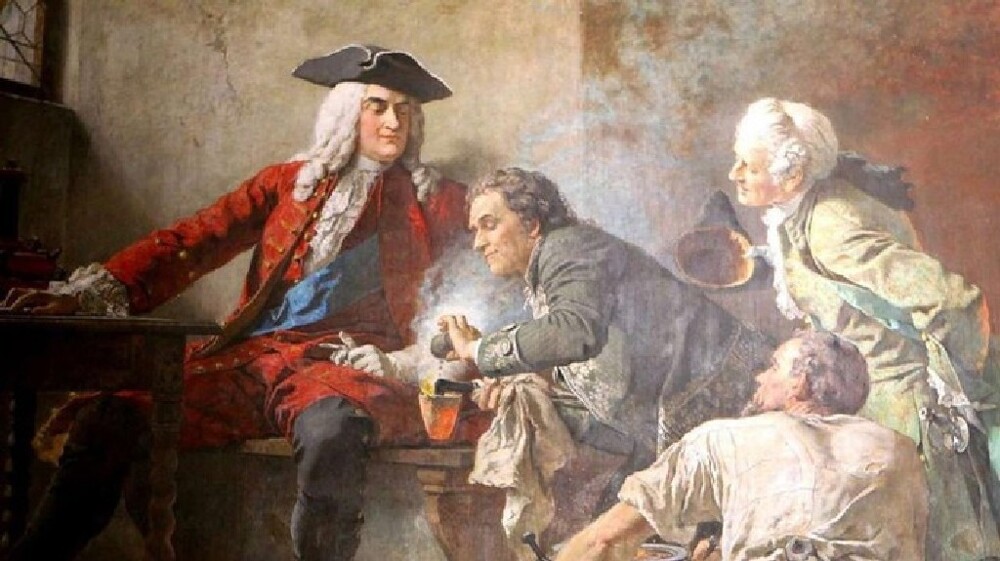
The grateful monarch appointed the inventor head of the famous Meissen manufactory. Johann finally received his long-awaited freedom. But relative, since he was watched over every step in order to prevent data leakage. 
Specific working conditions, stress, and then a riotous lifestyle, coupled with bad habits, with the permission of the grateful monarch, accelerated the departure of the talented inventor. Johann died at the age of only 37 years. But he remained in history as a successful innovator. 